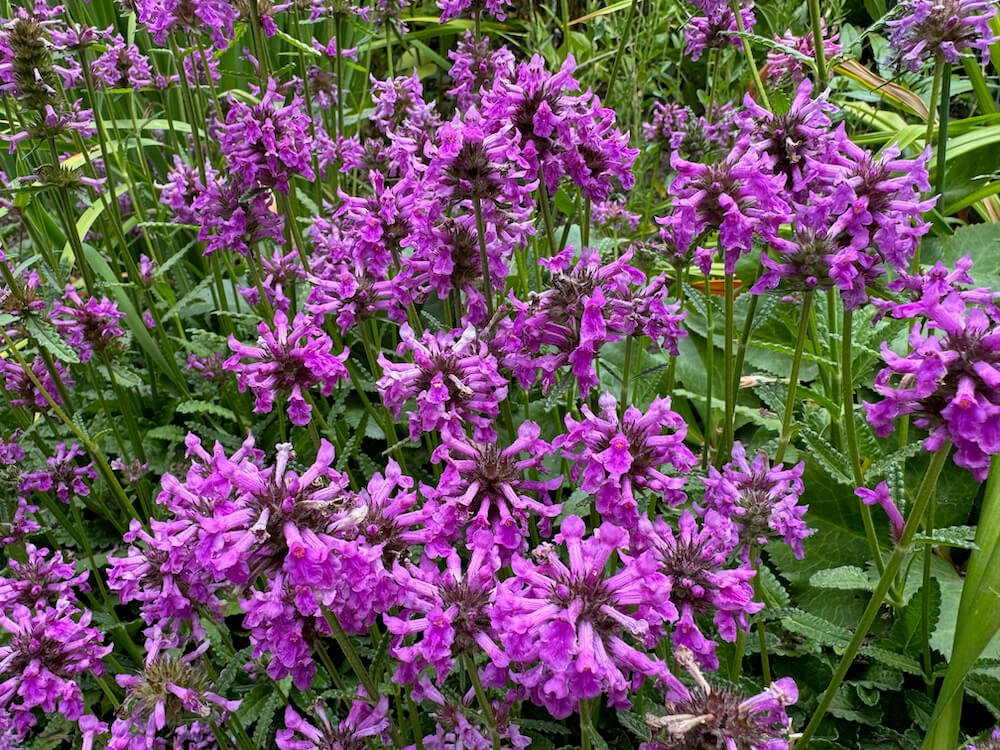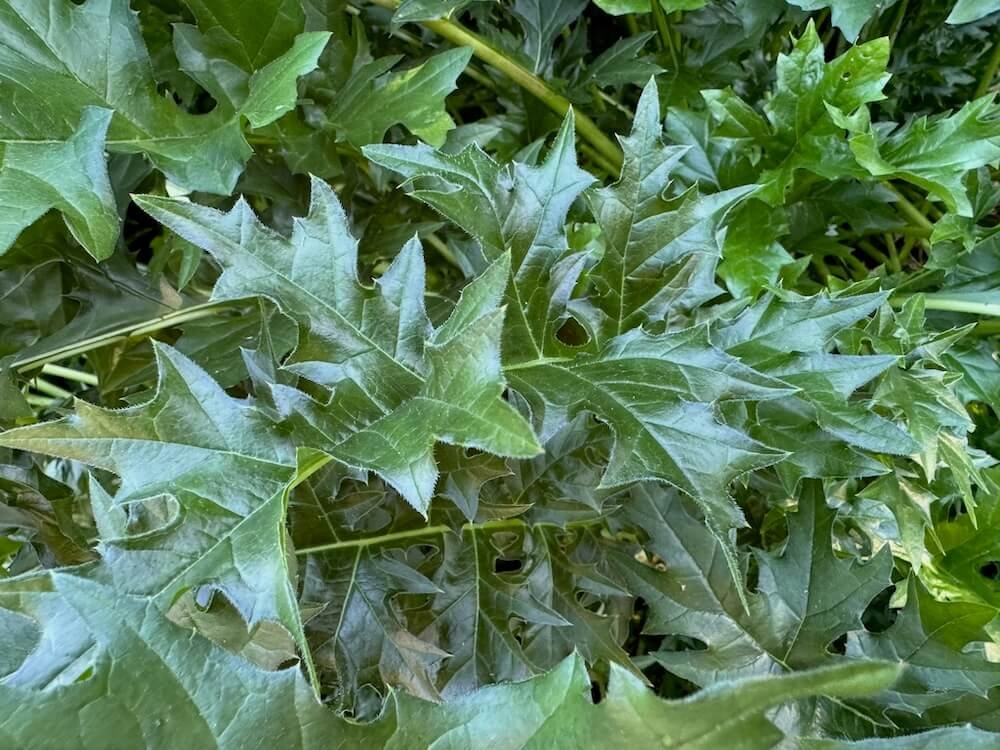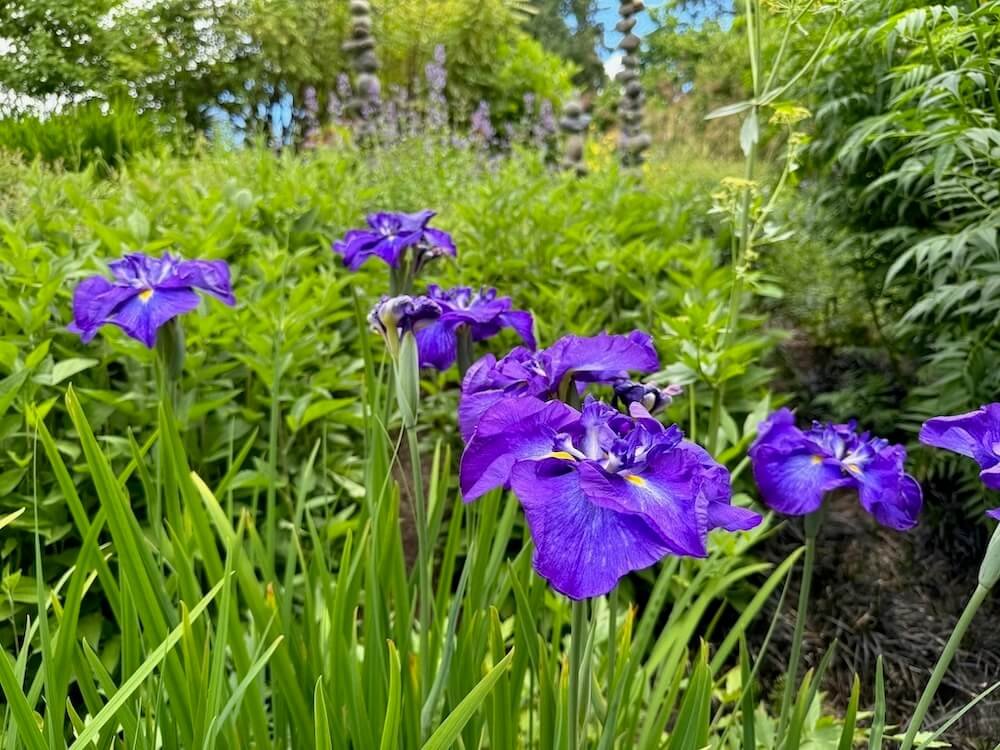Stachys officinalisBetony
DESCRIPTION
Stachys officinalis, commonly known as betony, is a hardy perennial that produces dense spikes of small, tubular, rose-purple flowers from early to mid-summer. The flower spikes rise above a clump of wrinkled, dark green foliage, creating an attractive contrast. The blooms are long-lasting and attract pollinators, making them a vibrant addition to garden spaces.
Originating from Europe, Stachys officinalis has a long history of use in traditional gardens, prized for both its ornamental value and its historical medicinal uses. Its upright flower spikes and tidy growth habit make it a versatile plant for borders, cottage gardens, or wildflower meadows. The eye-catching flowers and compact form bring both structure and color to various garden settings.
DESCRIPTION
Stachys officinalis, commonly known as betony, is a hardy perennial that produces dense spikes of small, tubular, rose-purple flowers from early to mid-summer. The flower spikes rise above a clump of wrinkled, dark green foliage, creating an attractive contrast. The blooms are long-lasting and attract pollinators, making them a vibrant addition to garden spaces.
Originating from Europe, Stachys officinalis has a long history of use in traditional gardens, prized for both its ornamental value and its historical medicinal uses. Its upright flower spikes and tidy growth habit make it a versatile plant for borders, cottage gardens, or wildflower meadows. The eye-catching flowers and compact form bring both structure and color to various garden settings.
DESCRIPTION
Stachys officinalis, commonly known as betony, is a hardy perennial that produces dense spikes of small, tubular, rose-purple flowers from early to mid-summer. The flower spikes rise above a clump of wrinkled, dark green foliage, creating an attractive contrast. The blooms are long-lasting and attract pollinators, making them a vibrant addition to garden spaces.
Originating from Europe, Stachys officinalis has a long history of use in traditional gardens, prized for both its ornamental value and its historical medicinal uses. Its upright flower spikes and tidy growth habit make it a versatile plant for borders, cottage gardens, or wildflower meadows. The eye-catching flowers and compact form bring both structure and color to various garden settings.
-
Family: Lamiaceae
Height: 12 to 24 inches
Width: 12 to 18 inches
Foliage color: Dark green, wrinkled, and lance-shaped
Flower color: Purple-pink, in dense spikes
Bloom time: Summer
Light requirements: Full sun to partial shade
Water requirements: Moderate
Maintenance: Low; deadhead spent flowers to encourage rebloom
Growing zone: USDA zones 4 to 8
Wildlife attractors: Attracts bees and butterfliesThis plant can be seen in the perennial border at the Bellevue Botanical Garden.



























